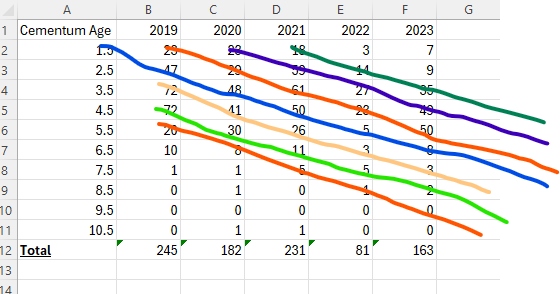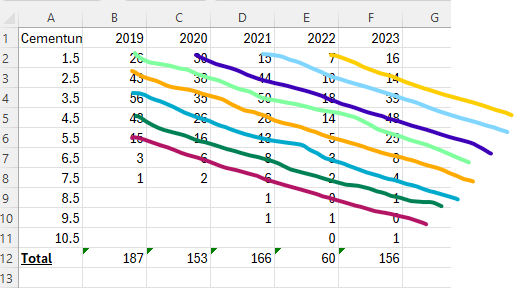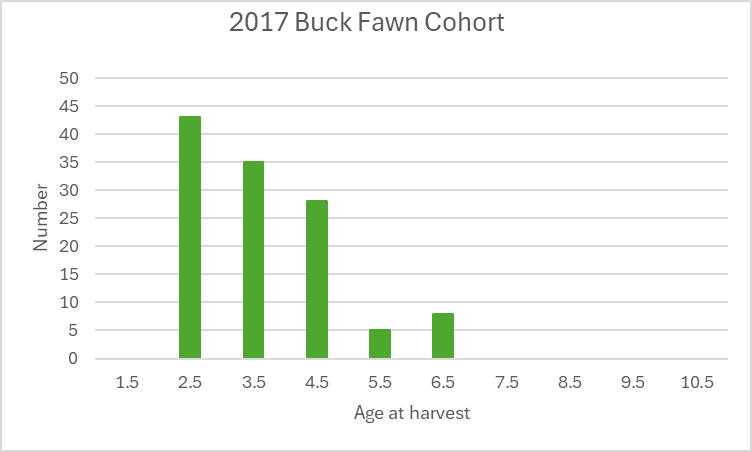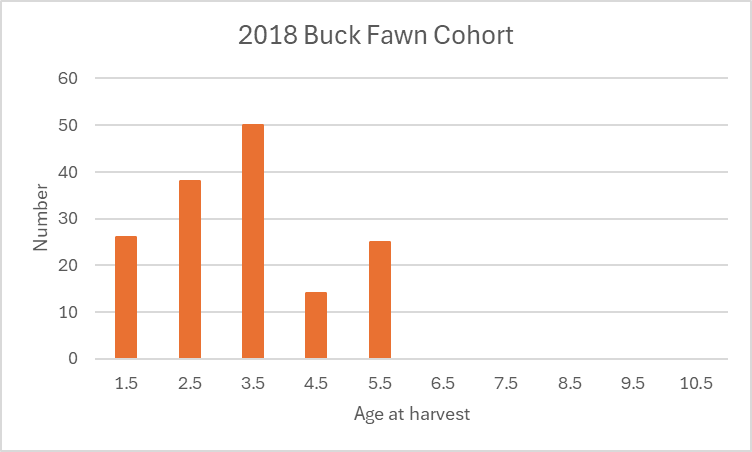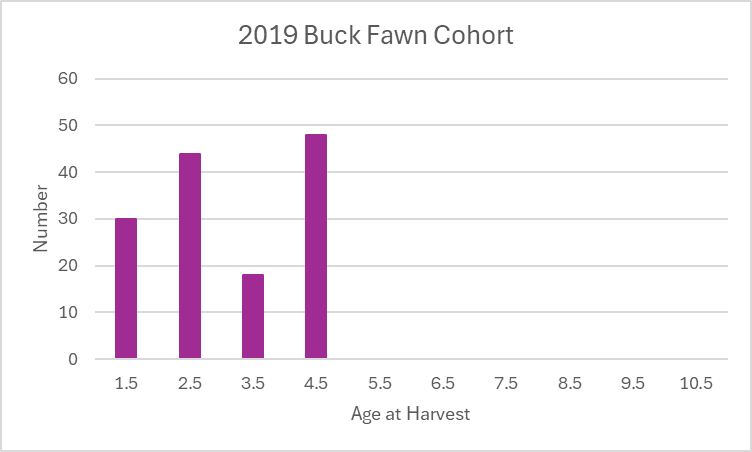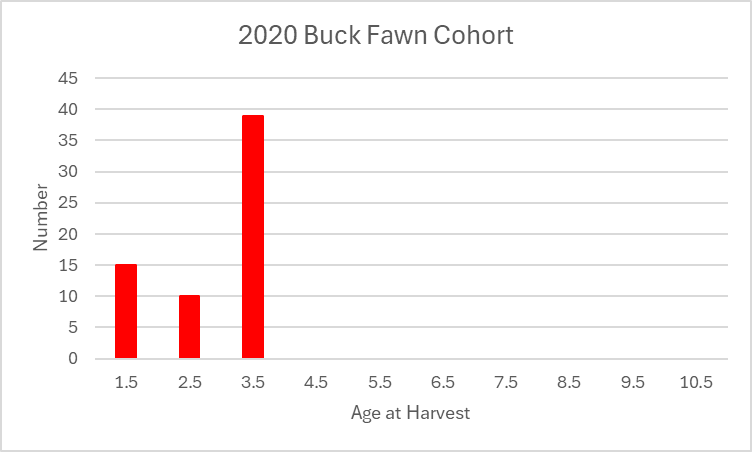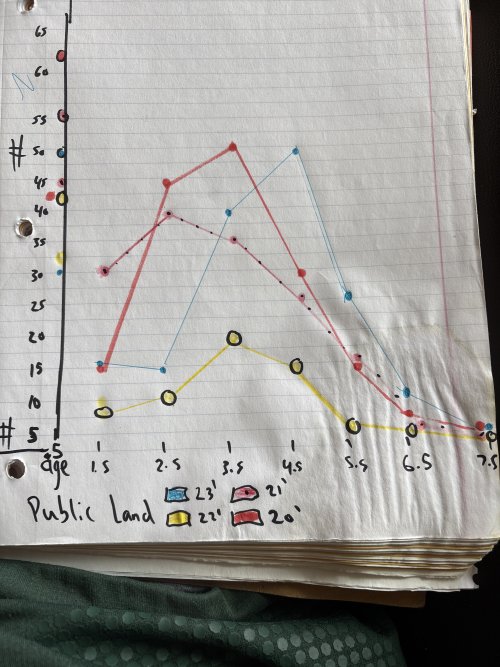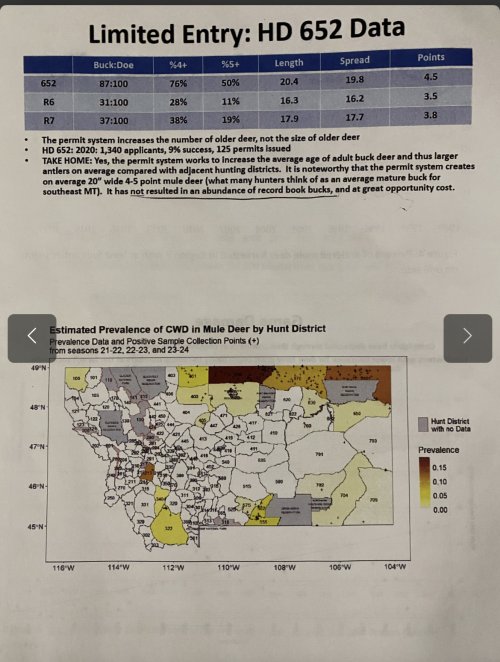D
Deleted member 56631
Guest
Thank you! Very nice read with morning coffeeRegion 7 Cwd dataset to 2023. Should be a more current data with 2024 data included that someone should reach out and get. Ignore my chicken scratchings. Interested to hear people’s thoughts.
Looks like 3.5 is the median age
Last edited by a moderator:




